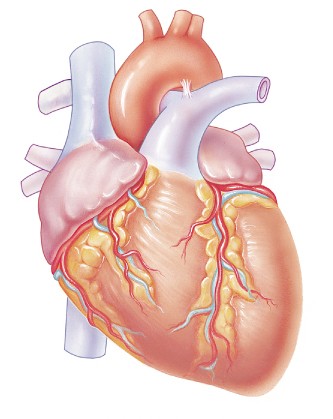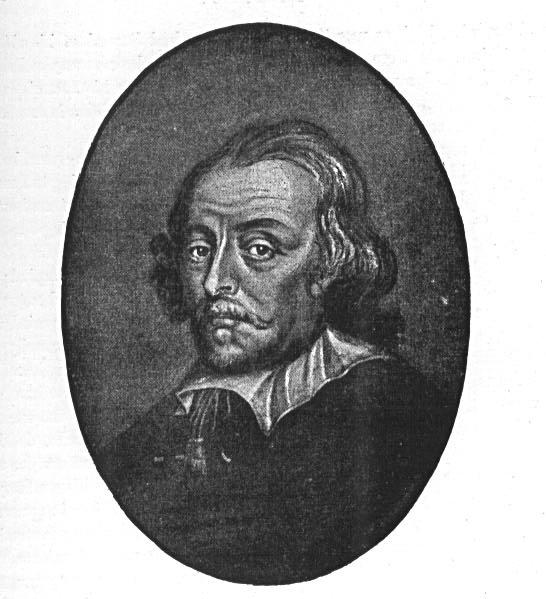On the Motion of the Heart and Blood in Animals
~William Harvey~

“The heart, consequently, is the beginning of life; the
sun of the microcosm, even as the sun in his turn might well be designated
the heart of the world; for it is the heart by whose virtue and pulse
the blood is moved, perfected, and made nutrient, and is preserved from
corruption and coagulation; it is the household divinity which, discharging
its function, nourishes, cherishes, quickens the whole body, and is
indeed the foundation of life, the source of all action.”
William Harvey, one of history’s most ground-breaking
physiologists, was born in 1578 in Folkestone, England, where, “as
a child he is said to have played with the hearts of animals obtained
at the local slaughterhouse,” (A History of the Life Sciences, Lois
Magner, Marcel Dekker, 1979). 
As an adult, Harvey earned a Bachelor of Arts from Caius College in Cambridge
and then went on to study medicine at the University of Padua. He later
returned to London, became a successful physician, was elected Fellow
of the College of Physicians, became a professor of anatomy, and was the
physician of the Biblical James I and Charles I, Kings of England.
The work for which Harvey is most widely renowned is his On the Motion
of the Heart and Blood in Animals. Published in 1628, this work contradicted
the teachings of Galen, the physiological canon of the day. As a consequence
of his controversial findings, Harvey’s medical practiced suffered
as patients were leery of being treated by a doctor whom they deemed a
quack. A clear example of the authoritative dogma that Harvey was up against
is illustrated in the words of John Riolan, Anatomist of the University
of Paris, when he said, “. . . one should not admit Galen to be
wrong. Even if dissection revealed differences, one must presume that
Galen had been right and that nature had changed since he wrote.”
Nevertheless, even with all the criticism directed at him, Harvey remained
a polite and respectful individual who would first listen patiently to
his opponents, and then refute them with an overwhelming amount of observational
evidence to the contrary.
Home Next